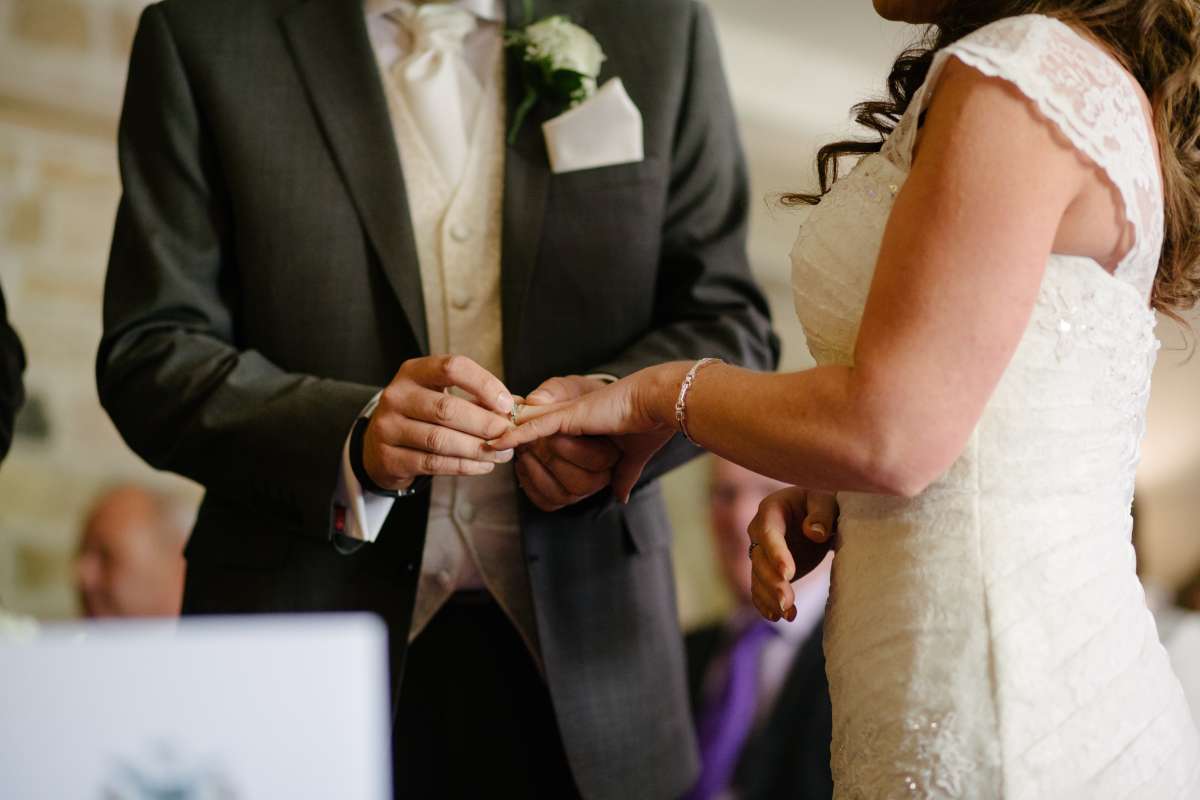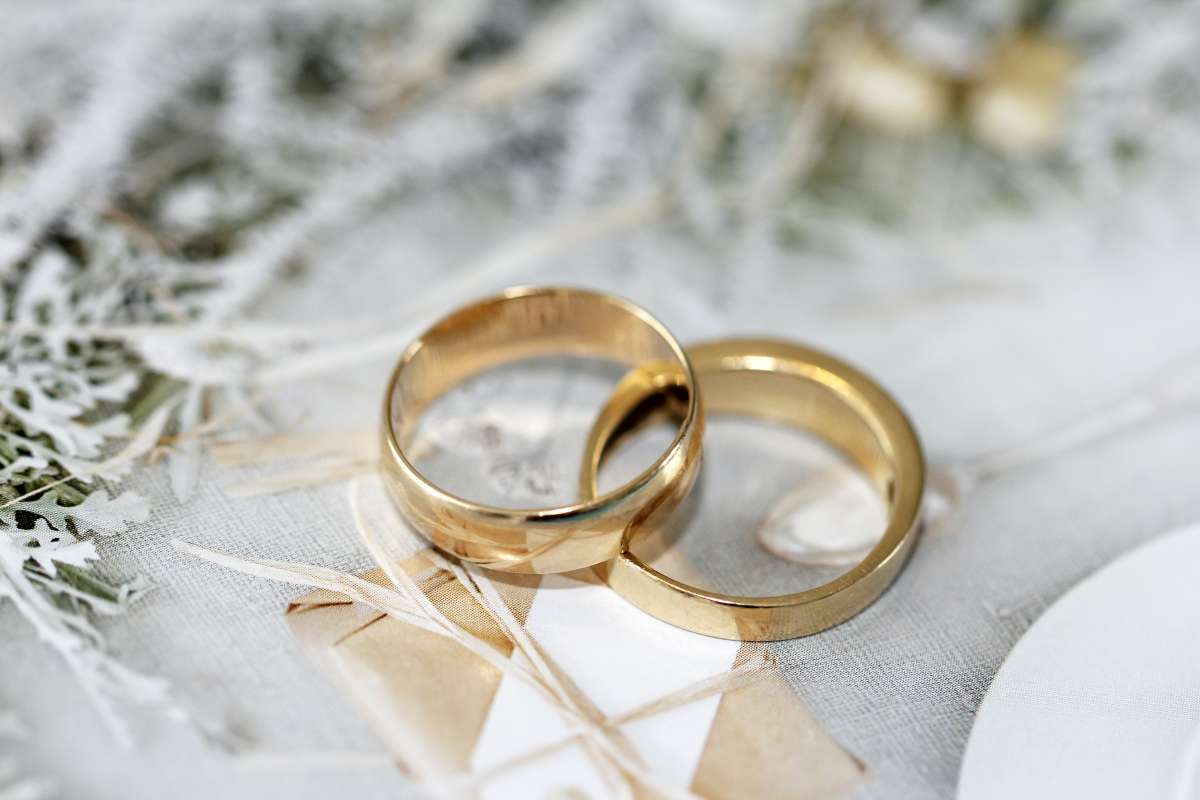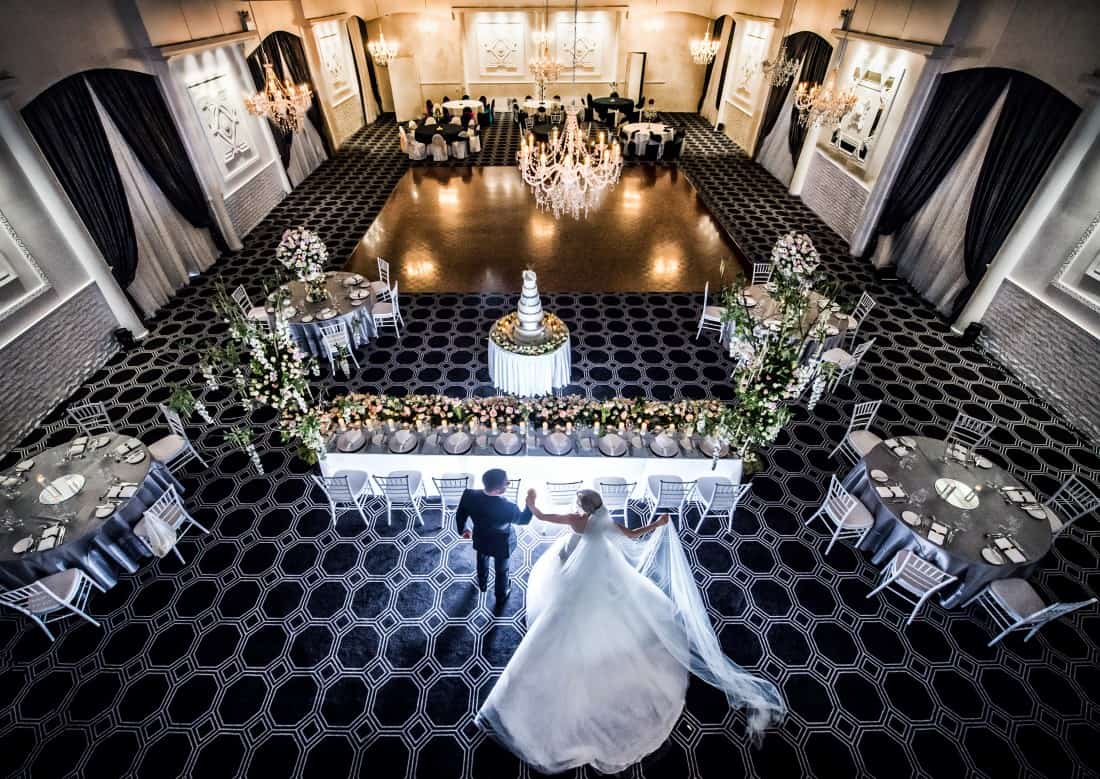When planning a wedding, one common question is whether wedding bands are supposed to match. The answer to this question is more complex, depending on the couple’s preferences and traditions they wish to follow. Historically, matching wedding bands were considered a symbol of unity and shared commitment, but modern trends show that many couples now prefer individual expression over tradition. This article explores whether wedding bands need to match and the various factors that can influence this decision.
Summary
Whether wedding bands need to match, highlighting that the decision is ultimately a matter of personal preference. While traditionally, matching wedding bands symbolised unity and shared commitment, modern couples often choose bands that reflect their styles. Factors influencing this decision include historical significance, symbolism, cultural variations, and the evolution of personal taste. Couples today may opt for matching bands, non-matching bands, or custom designs based on their connection to the rings, lifestyle considerations, and budget. The key takeaway is that the most important aspect is both partners’ emotional significance and satisfaction with their chosen rings, regardless of whether they match.
The Tradition Of Matching Wedding Bands
Historical Significance
Matching wedding bands have been a long-standing tradition, symbolising the unity and commitment between a married couple. Historically, it was believed that the vein in the left hand’s third finger led directly to the heart, which is why wedding bands are typically worn on this finger. In the 20th century, double-ring ceremonies became popular, especially in the United States, where the bride and groom exchange rings.
Symbolism
Identical wedding bands often signify that the couple is united as one entity. Matching bands can showcase the couple’s shared values and compatibility.
Modern Perspectives On Wedding Bands
Individual Preferences
In contemporary times, many couples choose to deviate from the traditional matching bands, opting for designs that reflect their personalities. The focus has shifted to personal taste, with many couples selecting rings that they find aesthetically pleasing, regardless of whether they match.
Variety Of Choices
Today, wedding bands are available in a wide range of materials, including gold, silver, platinum, titanium, tungsten, ceramic, and wood. This variety allows couples to select rings that resonate with their style, even if it means choosing different designs.
Matching Vs. Non-Matching Bands
Some couples still prefer matching bands to symbolise their unity, while others prefer contrasting designs that express their individuality. Non-matching bands allow each partner to choose a ring that fits their style, skin tone, and comfort level.
The Evolution Of Wedding Bands
Cultural Variations
Different cultures have varying traditions regarding wedding bands. For example, the Greek Orthodox Church has used dual-ring ceremonies since the 1300s, but it took centuries for this practice to become widespread. During World War II, soldiers wore wedding bands to signify their commitment to their spouses back home, a practice that continues today.
Changing Traditions
The practice of exchanging rings has evolved, with couples now more concerned with personalising their wedding bands rather than adhering to traditional norms. The rise in popularity of men’s engagement rings is another example of changing traditions.
Personalisation And Customisation
Many couples now choose to personalise their wedding bands, adding engravings, unique inlays, or custom designs that reflect their relationship. This trend towards personalisation allows couples to create rings that are significant to them.
Should You Choose Matching Wedding Bands?
Traditionalists
Matching wedding bands may be the preferred choice for couples who value tradition. These couples often opt for classic designs in precious metals like gold or platinum. A matching set can be a simple yet elegant way to showcase the couple’s unity and shared values.
Non-Traditionalists
Couples who prefer to break away from tradition may choose non-matching bands. This allows each partner to express their style without compromising on what they love. Non-matching bands can still have a cohesive element, such as a shared engraving or a similar metal while allowing for individual expression.
Practical Considerations
Some couples opt for two sets of bands: one for formal occasions and another for everyday wear. This approach allows for practicality without sacrificing style. The cost of wedding bands can also influence the decision, with some couples choosing more affordable materials for daily wear and reserving precious metals for special occasions.
The Importance Of Personal Connection
Emotional Significance
Regardless of whether wedding bands match, the most important factor is each partner’s emotional connection towards their ring. Since these rings will be worn daily, it is crucial that both partners feel a strong attachment to their chosen bands.
Custom Designs
Custom designs offer a perfect solution for couples who cannot find a matching set they love. Working with a jeweller to create unique rings ensures that both partners get exactly what they want.
Family Heirlooms
Incorporating family heirlooms into wedding bands can add a layer of significance, whether through redesigning an existing ring or creating a new band that complements the heirloom.
Practical Tips For Choosing Wedding Bands
Consider Your Lifestyle
When selecting wedding bands, consider your daily activities. If you have an active lifestyle, you may prefer a more durable material like titanium or tungsten. If you work with your hands, a ring with a matte finish may be preferable as it hides scratches better than a polished finish.
Matching With Engagement Rings
Some brides prefer their wedding band to match their engagement ring, creating a cohesive set. However, mismatched sets are also increasingly popular. Consider whether you want your wedding band to complement or contrast with your engagement ring.
Budget Considerations
Wedding bands can vary greatly in price depending on the material and design. Set a budget before shopping and explore different options within your price range.
Trying On Different Styles
Feel free to try on different styles and materials. What looks good in a display case may only sometimes suit your hand or style. At-home try-on kits are a great way to experiment with different designs in the comfort of your own home.
Communicate With Your Partner
Open communication is key when selecting wedding bands. Discuss your preferences and be open to compromise if necessary. Remember that the goal is to find rings that both partners are happy with, whether they match or not.
Conclusion
The decision to choose matching or non-matching wedding bands is a deeply personal one. While tradition may dictate that wedding bands should match, modern couples are increasingly choosing to express their individuality through their rings. Whether you opt for matching bands, custom designs, or non-matching sets, the most important factor is that the rings you choose hold significant meaning for you and your partner. After all, these rings you will wear for the rest of your lives, symbolising your commitment to each other. So, whether you stick with tradition or break the mould, ensure your wedding bands reflect your love and partnership.
FAQs About Wedding Bands
What extent do wedding bands last?
Bands performing at weddings normally have two hours to play, which can be divided into three 40-minute sets or two one-hour sets. However, there are numerous variants, some of which might be better suited to your wedding than others. Two 45-minute sets, three 60-minute sets, three 45-minute sets, or even one 30-minute set followed by a 90-minute session are all viable options.
What is the most secure material for a wedding band?
Titanium’s silvery white colour and three times the strength of steel contribute to the metal’s widespread popularity. It is stronger than silver or gold and can’t be bent or scratched. In the event of an emergency, a titanium wedding band can be easily slashed.
How long does a band need to prepare to play?
If you want music for your wedding ceremony, the band must arrive considerably earlier than if they are only playing at your reception. Choose between having a live band at both events, hiring two separate bands, or just using speakers. It usually takes a band an hour to get set up.
Where does the band go, on top or bottom?
The first is to put them on your left hand’s ring finger, in the sequence that you received them. The diamond ring should be worn last, after the wedding band.
Should the wedding band be worn inside or outside?
According to custom, a woman’s wedding band should be worn on the little finger. In other words, it’s the outermost layer and must be worn before the engagement ring. The wedding band is traditionally the one worn closest to the heart, although this tradition has both symbolic and practical significance.



